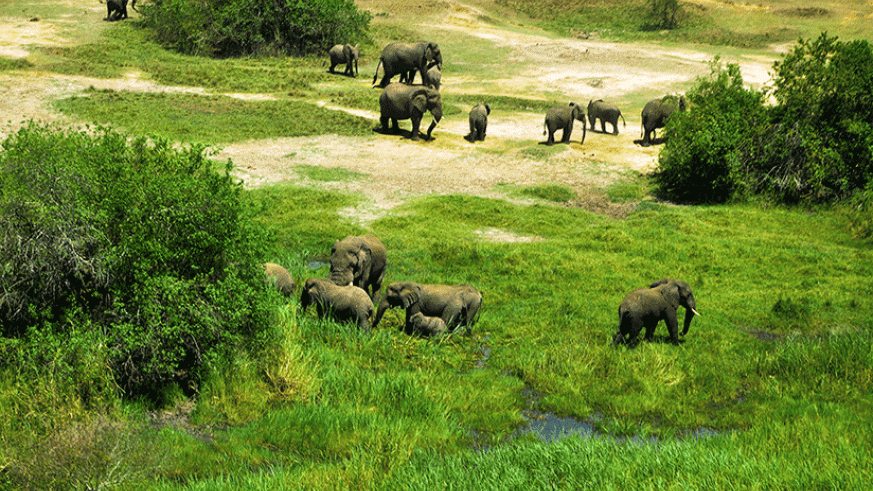National Parks in Uganda
BWINDI NATIONAL PARK – 3 Days Gorilla tracking
The Bwindi National park is located in the southwestern Uganda this location is part of the Bwindi impenetrable forest bordering Congo close to the virunga National Park at the edge of Albertine Rift valley composed of 321 square km accessible only by foot.
The park inhibits diverse species mammals 348 species of birds, 27 species of frogs, 220 species of butterflies, 163 species of trees, 104 species of ferns.
It Park further is a home to colobus monkeys, but most of all it’s a home for the Bwindi Gorillas. 14 habituated mountain gorilla groups are open to tourism with different sectors of Ruhijja, Buhoma, Rushaga, Nkuringo in the district of Kanungu, kabala and kisolo all these are under the management of the Government body called Uganda wildlife authority.
The areas bordering the park have high population about 300 people per square kilometer most people who live here are among the most poorest with primitive ways of living. these people through the government initiatives earn a percentage from the park and from experiences that offer to the tourist known as the “Batwa trail experience”
Gorilla tracking in Uganda is known to take place in this area and any person to access this area must have a tracking permit from the Uganda wildlife authority which can be obtained by your trusted tour company. other activities are, bird watching and waterfall trek guided with a forest ranger.
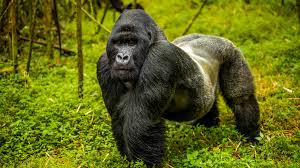
KIBALE NATIONAL PARK – 3 Days chimpanzee tracking
This park is located in the western Uganda it sits on 766 square kilometers in size and located between 1,100 Metres(3,600ft) Gazetted in 1932 to protect a large area of forest previously managed as logged forest reserve. it comprises of moist evergreen forest with one of the last remaining expanses to contain both low land and Montane forest in eastern Africa.
The two major tribes of Batooro and Bakiga inhabit the area near the park. they use the park for their livelihood with some incentives form the Uganda wildlife authority.
This park is popularly known for Chimpanzee trekking, Uganda Mangabey, Red Colobus monkey and LHoest’s monkey , black and white Colobus monkey and blue monkey. the Elephants travel between the park and queen Elizabeth National park. The major activity however a lot other activities like the nature walks for birding, community interaction in Bigodi with numerous women projects to rise their standards of living is evident. there are 13 species of primates in this park.
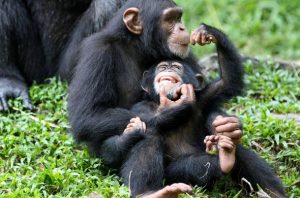
QUEEN ELIZABETH NATIONAL PARK – National Parks in Uganda
Queen Elizabeth National Park occupies an estimated area of 1978 square kilometre. The park stretches to Lake George in the north – East to Lake Edward in the south – West and this also includes the Kazinga Channel that connects the two Roads.
This park is known for its wildlife including, Antelopes ,Uganda Kob, Giant Forest Hog, Warthog, Nile crocodile , aAfrican bush Elephants , chimpanzee . A home for Mammals and over 500 bird species. it consists of an area in Ishasha in rukungiri district famous for tree climbing lions.
Queen Elizabeth National park and the adjacent Virunga National park is a lion conservation body. This park also have volcanic features for example, deep crater lakes, like Katwe Crater from which salt is extracted.
![]()
SEMULIKI NATIONAL PARK
The park is located in Bwamba county remote place of Bundibujjo district in western region of Uganda. founded as a national park in in October 1993 its recorded to be one of the newest parks formed sitting on an area of 219 km. it has diverse plants and animals together with birds and butterflies. this park is also mananged by the uganda wildlife authority.
This park borders River semiliki and River Lamia where many animals drink, two hot springs is another highlight of the place. the park has more than 400 bird species these include lyre- tailed honey guide, buffoloes , hippos, mona monkey , African civet , African elephants and much more animals.
RWENZORI NATIONAL PARK
This park is both Ugandan national park and UNESCO world Heritage site located in the Rwenzori mountains. it sits on 1000 kms . in size, this park is unique in its beautiful plant life. This was established in 1991 and designed into a UNESCO site in 1994 because of its beautiful natural beauty.
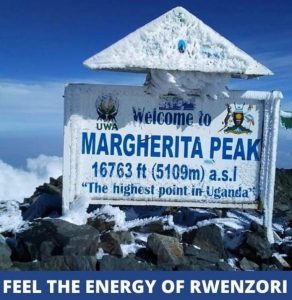
MURCHISON FALLS NATIONAL PARK
This park is located in the North-Western Uganda, spreading from the shore of Lake Albert around Victoria Nile up to Karuma falls.
It’s sited on adjacent 748 square kilometres, Bugungu wildlife reserve, karuma wildlife reserve and all these form the Murchison falls conservation area. The explores Joh speke and james grant were the first European to visit the present day Murchison falls park in 1862, it was further explored by samuel and Florence Baker in 1863 who name it Murchison falls after the geologist Roderick Murchison who was the of the royal geographical society.
The park consisits of Budongo forest reserve having 76 species of mammals and as well as a large population of Nile crocodiles, 450 bird species including the shoe bill stork, Goriath Heron, white-thighed horn bill and a great blue turaco. Elephants, giraffes, warthogs, bush hogs, pumba and many more.
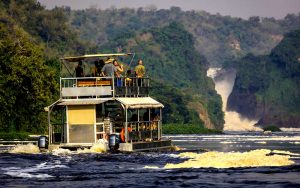
KIDEPO VALLEY NATIONAL PARK – National Parks in Uganda
This park is located near karenga in Kaabong district, in the northeastern corner of Uganda. the park is approximetly 220km by road Northwest of Moroto, the northwest boundary of the park runs along the international frontier with Bira, south sudan and abuts aganist it kidepo game reserve.
The government of Uganda Milton obote converted the reserve into the kidepo valley national park in 1962
The park comprises of a number of animals and bird species ranging from, wild dogs, lions, hyena, foxes, Rothschild giraffe, buffalo thorn, fine thatching grass, red oat grass and many more.
PIANI UPE GAME RESERVE
the game reserve was gazetted initially animal sanctuary in 1958. the area has a hot spring potential for geothermal tapping at cheposukunya as well as mercury wells at Mt. Kadam, the reserve features semi-arid climate with one rain season annually.
A wide area of the Reserve is covered by undisturbed grassland and wood grassland. Small areas of riverine woodland also exists. the dominate tree species include, Red acacia and desert date, bush willow, re spike-thorns, and shrubs include, butterfly pea and wooly caper bush.
The mostly spotted animals in the area are Oribi, Jackals, cheetah, Ugandan kob, water buck, and common eland.
LAKE MBURO NATIONAL PARK
Lake Mburo National Park is located in Kiruhuru district in the western region of Uganda. The park is 30 km by road east of Mbarara, the largest city in the area. The park has a variety animals such Zebras, Hippopotamus, impala, warthog, common eland , African buffalo, Jackal, African leopard and over 300 bird species, at 260 km the park is the smallest of Uganda’s savannah National parks.
MGAHINGA NATIONAL PARK
This park in southwestern Uganda and it was created in 1991 and covers an area of 33.9km, Mgahinga gorilla national park is located in the Virunga Mountains and consists of three inactive volcanoes, Muhabra, mount Gahinga and Mount Sabyinyo. it is contiguos with Rwanda’s Volcanoes national park and the southern sector of virunga national park in the democratic republic of congo.
The park is 15km by road south of the town of Kisoro and approximetely 55 km, by road west of kabale the largest city in the sub- region.
The National park encompasses bamboo forest, albertine rift montane.
The park is purely known for its Mountain gorillas and golden monkey with a lot of birds. Handsome francolin, dusky crimson-wing, red-throated alethe, Kivu ground thrush, Rwenzori turaco, Rwenzori batis, Rwenzori double-collared sun bird, collared apalis, mountain masked apalis, Archer’s ground robin, stripe-breasted tit, blue-headed sun bird, regal sun bird, strange weaver, montane nightjar, red-faced woodland warbler and Grauer’s swamp warbler.

